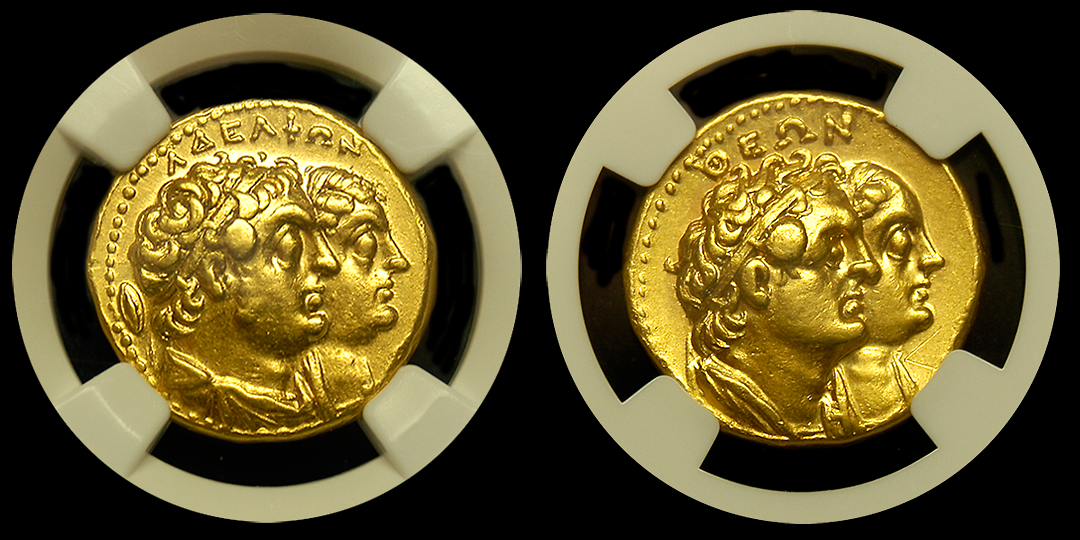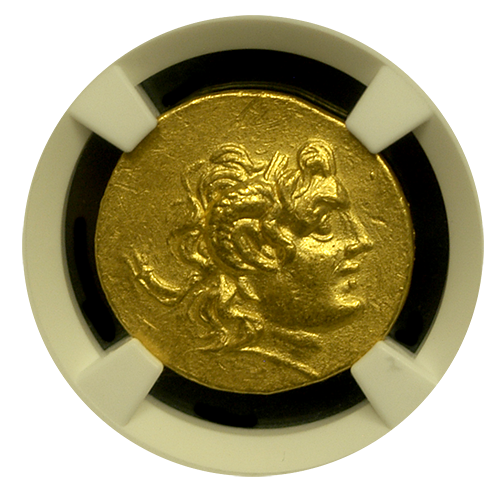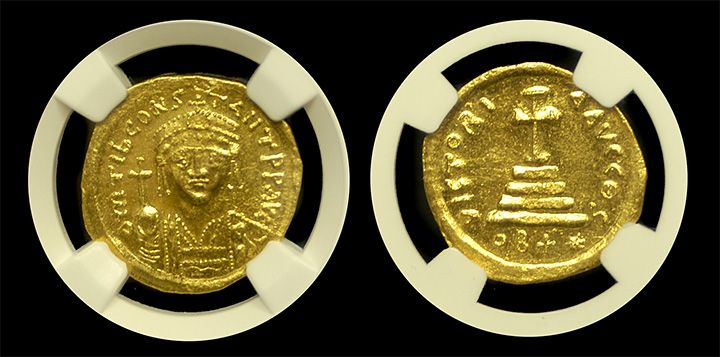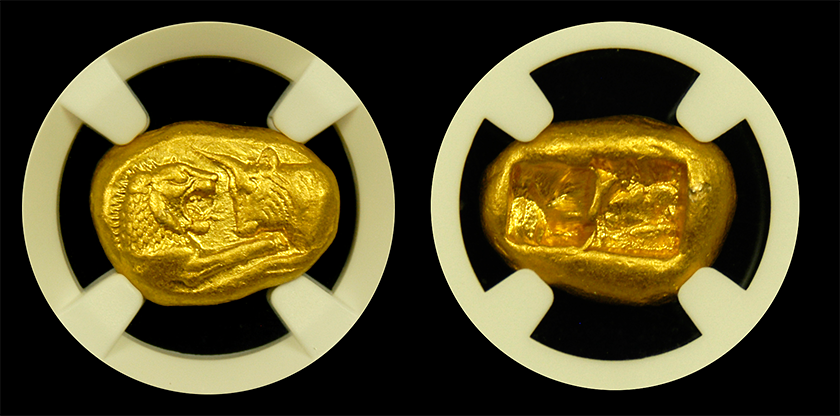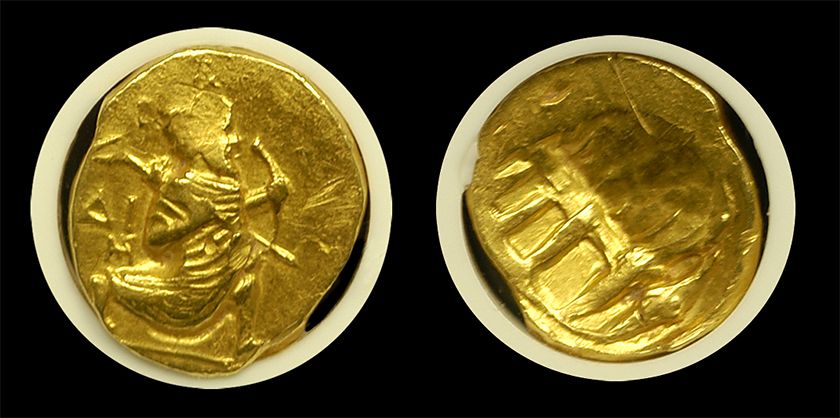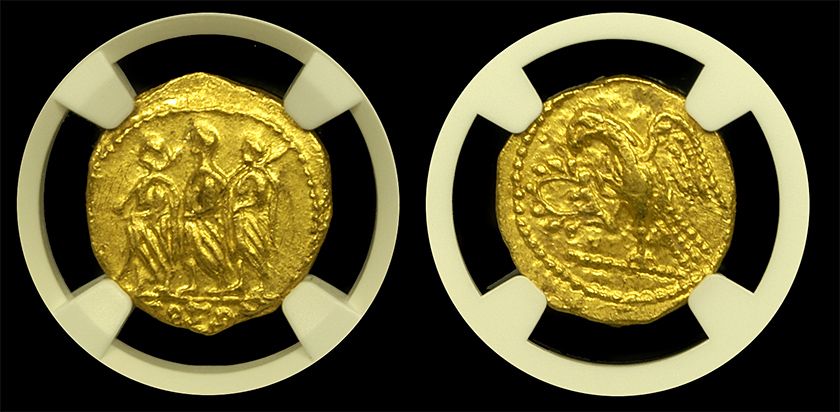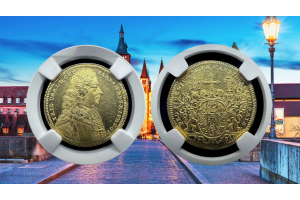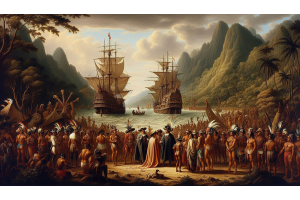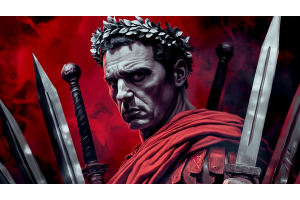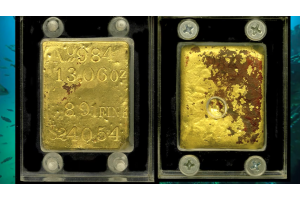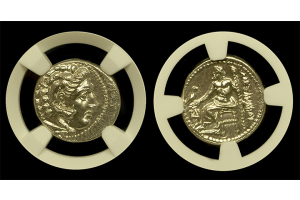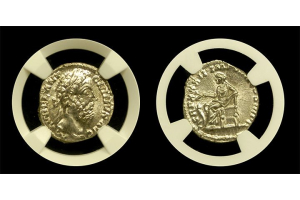ancient gold coins
- Posted: July 06, 2023Read more »
Exploring Ancient Coinage and Majestic Rulers
Introduction: What is the Ptolemaic Kingdom of Egypt? This question unveils a fascinating chapter in history, delving into the reign of the Greek-descended Ptolemaic dynasty. In fact, the Ptolemaic dynasty ruled Egypt from 305 BC to 30 BC. Led by a line of remarkable rulers, this kingdom left an indelible mark on the ancient world. This article will explore the captivating coinage circulated during the Ptolemaic era. Additionally, it will feature iconic portraits, impressive sizes, and valuable precious metals.
The Ptolemaic Coinage
In the vast treasury of the Ptolemaic Kingdom, a diverse range of coins emerged. For example, each bearing the distinct imprint of its rulers. The coinage of the
- Posted: September 28, 2022Read more »
Was Thrace influenced by Greece & the Macedonian Empire? It is a fact, Thrace was conquered by Philip II, king of Macedonia. This occurred in the 4th century BC. Once Philip the II died Thrace became a part of the great kingdom of Alexander the Great. Following Alexander’s death, his empire was divided among his generals, who established independent kingdoms including Thrace.
Lysimachus, who reigned from 323 to 281 BCE, was the general who succeeded Alexander as the ruler of Thrace. According to Herodotus, an ancient Greek historian, Thrace was highly influenced by Greece and the Macedonian Empire's culture. But, were they?
Yes, Thracian coinage gave homage to the once great leader of the Macedonian Empire. The Thracians under the leadership of Lysimachus used Alexander's portrait on the front of their coins. However, on the back - Posted: August 20, 2022Read more »
As far as the history of rulers of the Byzantine Empire, Tiberius II was a good emperor. Tiberius II ruled as an Eastern Roman emperor from 574 to 582. He ruled Byzantine Empire under the Justinian dynasty and proved himself to be a capable administrator that was well loved by his people.
During the Justinian Dynasty Tiberius II rose to power in 574 when Justin II started to have a mental breakdown. Justin the II had adopted Tiberius as his own son and proclaimed him Caesar. In fact, in 578 the dying Justin II gave Tiberius the title of Augustus and becoming co-emperor alongside him. Tiberius became sole ruler less than two weeks later. Subsequently, Tiberius took the regnal name of "Constantine" under which he reigned until his death.
- Posted: July 12, 2022Read more »
King Croesus renowned wealth became synonymous with his own name. The saying "rich as Croesus" originated in reference to his absurd affluence. Subsequently, Croesus reign became associated with the invention of coins as currency. Before Croesus became King, his father Alyattes had already started to mint various types of non-standardized coins. However, Croesus took it one step further. By developing an innovative refining process and standardizing the specific sizes as well as the purity for general circulation, King Croesus advanced both silver and gold.
In other words, Croesus created intrinsic value deriving from a certain quantity of gold or
- Posted: February 19, 2022Read more »
The Persian Achaemenid Empire ruled Babylon for about two hundred years. They were the first super power of the ancient world. Their vast empire reached from India down to Egypt and all the way up to the northern border of Greece. The Achaemenids were an unstoppable force until Alexander did the unthinkable. Alexander the Great conquered Babylon and defeated the Achaemenids in 331 BCE. Alexander's actions change the entire ancient world.
Alexander learned to be a great leader and powerful imperialist from his father Philip II. He also learned to be a battle strategist. Moreover, he knew what the odds would be against an outmatched manpower. But, despite the odds Alexander relied on speed and distraction to achieve victory after victory. Subsequently, Alexander the Great
- Posted: February 13, 2021Read more »
This Beautiful Ancient Coin
If some asks "why buy a Coson Gold Stater" you can answer, because you're looking for remarkable ancient coins. One that is gold and has tremendous value in the ancient coin market place. You can also tell them to just take a look at this beautiful ancient coin. Then show them the Coson Gold Staters in Mint State 4x4 Condition.
Some Coin Highlights
- These coins have a quarter of an ounce of pure gold and were struck around 2,000 years ago.
- They are certified by NGC, a branch of Numismatic Guaranty Corporation devoted to ancient coins.
- They are in mint state condition and for under $2,000.
What




